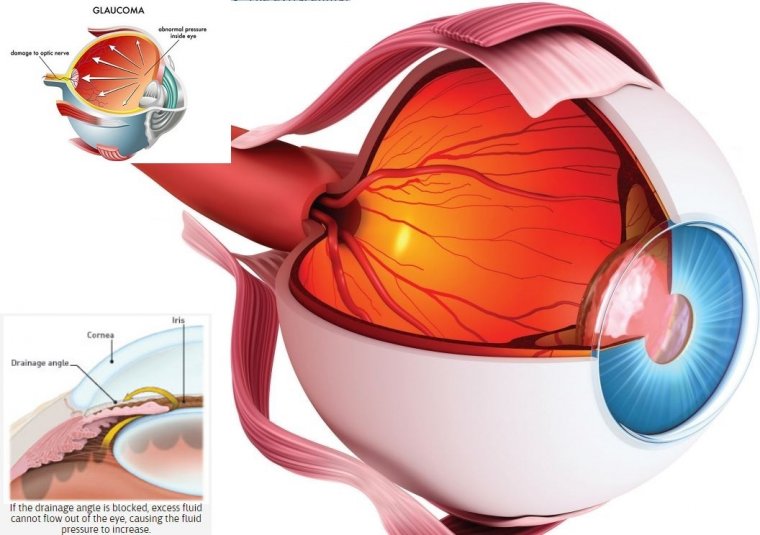
De-escalated Adjuvant Chemotherapy Proves Effective for High-Risk Retinoblastoma
A recent study reveals that a shortened adjuvant chemotherapy regimen offers similar efficacy and improved safety for infants with unilateral pathologic high-risk retinoblastoma. Results showed enhanced five-year disease-free survival (DFS) among infants receiving three cycles of chemotherapy compared to those who underwent six cycles.
Study Highlights: Shortened Chemotherapy Regimen for Retinoblastoma
While adjuvant therapy is an established component of retinoblastoma treatment, there has been limited data on the optimal duration of CEV chemotherapy (carboplatin, etoposide, and vincristine) cycles. This study, led by Huijing Ye, MD, PhD, from Sun Yat-sen University in China, addresses this gap by directly comparing three-cycle versus six-cycle regimens for infants who have undergone enucleation for unilateral retinoblastoma with high-risk features.
Study Design and Population
The randomized, noninferiority trial included 187 infants (median age of 25 months; 44.4% girls) who received either three (n=94) or six cycles (n=93) of CEV chemotherapy following enucleation. Conducted across two eye centers in China between August 2013 and March 2024, the study assessed whether three cycles could achieve comparable DFS outcomes to the standard six-cycle regimen.
Primary and Secondary Endpoints
• Primary Endpoint: Five-year DFS, with a noninferiority margin of 12%.
• Secondary Endpoints: Overall survival (OS), safety, economic impact, and quality of life.
Key Findings: Comparable Efficacy with Reduced Toxicity in Three-Cycle Group
After a median follow-up of 79 months, results showed a five-year DFS rate of 90.4% in the three-cycle group and 89.2% in the six-cycle group (difference = 1.2%; 95% CI, -7.5% to 9.8%), satisfying the noninferiority criteria. Five-year OS rates were also similar between the groups (91.5% for three cycles vs. 89.3% for six cycles; HR = 0.78; 95% CI, 0.31-1.98).
Adverse Events and Safety Profile
The incidence of any-grade adverse events was significantly lower in the three-cycle group (80.6%) compared to the six-cycle group (95.7%). Additionally, grade 1 and grade 2 adverse events were more frequent in the six-cycle group (95.7% vs. 78.5%; P < .001). Importantly, there were no treatment-related deaths, and hematologic toxicity was less burdensome in the three-cycle group.
Infants receiving six cycles experienced a rise in adverse events, including nausea, vomiting, neutropenia, and upper respiratory infections, as the regimen continued from cycles 1–3 to cycles 4–6.
Quality of Life and Economic Impact
At six months post-surgery, infants assigned to three cycles showed a trend toward less decline in emotional, physical, and social functioning compared to those on six cycles. However, quality-of-life scores appeared similar between the two groups at later time points.
The study reported substantial economic benefits with the shortened regimen, including a 42.4% reduction in total costs, 41.2% reduction in direct costs, and 43% reduction in indirect costs (P < .001).
Study Limitations and Clinical Implications
The researchers acknowledged certain limitations, such as the open-label design and a 12% noninferiority margin. Additionally, the criteria for adjuvant therapy, particularly choroidal invasion, may have influenced the results.
“The results suggest that a three-cycle regimen could be as effective as the standard six-cycle treatment regimen, possibly due to inherent or acquired resistance in some tumors,” Dr. Ye and colleagues noted. They highlighted that all disease-specific events in the study occurred within the first 20 months, suggesting that a two-year follow-up may be adequate for detecting recurrence in high-risk retinoblastoma patients.
This study points toward a potentially safer and more cost-effective chemotherapy regimen for infants with high-risk retinoblastoma, supporting the use of a de-escalated approach in select patients.
Resource:
Ye H, et al. JAMA. 2024;doi:10.1001/jama.2024.19981.
(1).jpg)










